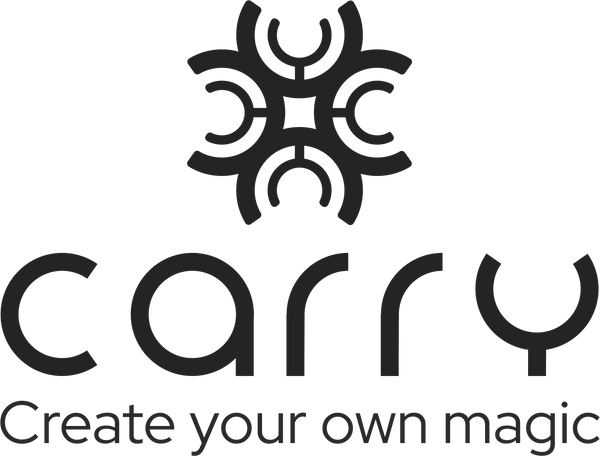Leather is a mark of durability and sophistication. While a wide range of fancy leather items may be available at affordable prices, premium quality leather accessories can be as costly as you can imagine. Now, an obvious question that may pop up in your mind is why leather has such a diverse price range? Well, the tanning method and process play a major role in determining the quality and price of leather items.
While different types of leather may appear identical to us, each of them have distinct properties that rank them in terms of quality. Since the cost and quality of leather goods largely depend on how the product has been tanned, being aware of the basics of different tanning methods will help you choose the right item.
What Is Leather Tanning?
The fascinating transformation of animal hides into gorgeous material ideal for clothing, shoes, furniture and various other accessories essentially involves a complex chemical process known as tanning. Tanning alters the molecular structure of the skin to enhance durability and prevent raw skin from decomposing. Based on the usage of the leather, softening or hardening the hides is also done during leather tanning.
The process of 'tanning' has derived its name from the traditional method of leather processing that required tannin. Initially, the hair, fat, grease and salt are removed from the raw skin to prepare it for tanning, and then the hides are left to soak in water for a period of time. The time range may differ according to the hide quality at the beginning of the process and the coveted end product. The first step of tanning produces a strong and awful odour since the hides are still raw which is why traditionally tanneries were located towards the outskirts of towns.
Different Methods of Tanning
Based on the desired quality and usage, three types of modern tanning methods are now in use - chrome tanning, vegetable tanning and aniline leather tanning. Sometimes, even multiple types of tanning are used together to achieve some specific properties desired in the end product. Both the quality and price of the end product strongly depend on the methods of tanning employed for a leather item.
Vegetable Tanning
The most natural and traditional form of the tanning process is vegetable tanning. In this method, animal hides are soaked in water for a long time to soften them, then left in an alkaline solution until the collagen structure breaks down and the skin becomes flexible enough to further work on. The vegetable tanning method is time-consuming as it takes a minimum of two weeks to finish the tanning process. Vegetable-tanned leather offers an appealing finish with a visible granule that often matches suede. Leather tanned through this process is suitable for accessories like shoes or wallets where you look for a smooth texture and soft touch.
Chrome Tanning
Most of the leather items you may come across are chrome-tanned leather as it is the most commonly used tanning technique. Amongst the three types of tanned leathers, chrome-tanned ones are the most pocket-friendly since the tanning method it involves is the cheapest. However, a lower price is not the only benefit of chrome-tanned leather, as it is also durable and has a prolonged shelf-life.
The use of chromium sulphate to preserve the hides and make them look shiny and waterproof is the bottom line of the chrome tanning process. It’s a lengthy process which usually takes up to eight months before the leather can be used for design.
While chrome-tanned leather is widely preferable because of its amazing longevity, durability and water-resistant properties, it has proven to be cancerous for humans. During the long chrome tanning process, carcinogens are released into the adjoining area, and this method also leads to a significant rise in water pollution.
Aniline Tanning
Aniline leather is the finest category of leather that is only used for high-end furniture, bags, shoes and other accessories. For this specific type of tanning, the animal skin is submerged in a solution of water and aniline. Aniline is soluble in water but it is transparent in colour, therefore allowing the leather to keep its real texture intact.
If you place any leather item under a microscope, the porous skin will be visible. These pores help leather to absorb colour. Aniline tanning protects the real texture of the skin, offering a very natural finish with visible grains on the surface.
The main simple reason why Aniline tanned leather is so expensive and of premium quality is because it looks and feels natural. Unlike vegetable or chrome tanning, defects on animal hides are not artificially covered in this one. Hence Aniline leather goods flaunt flawless sophistication with pride and personality.

